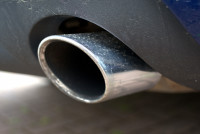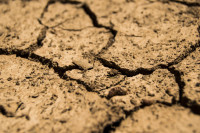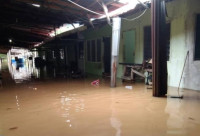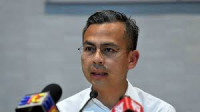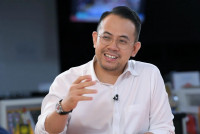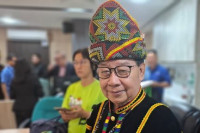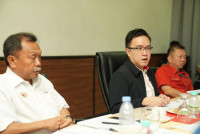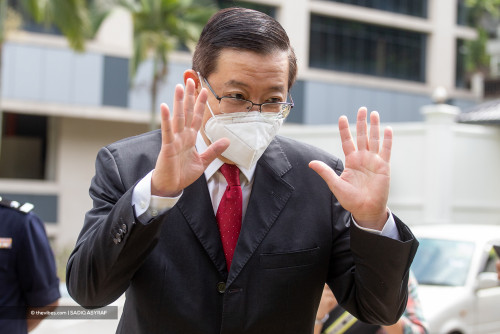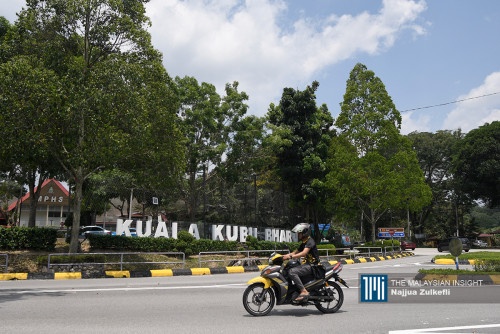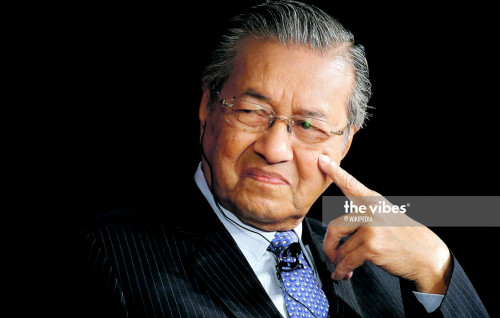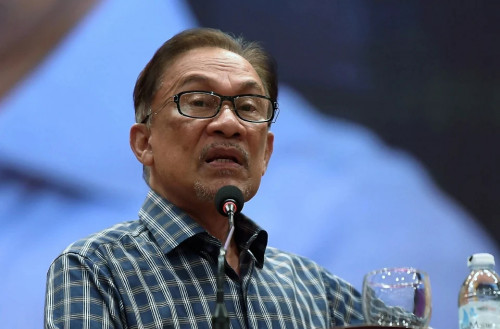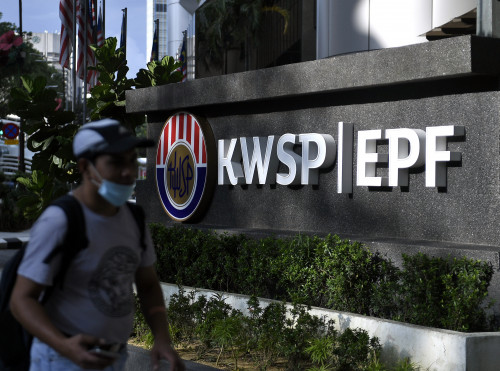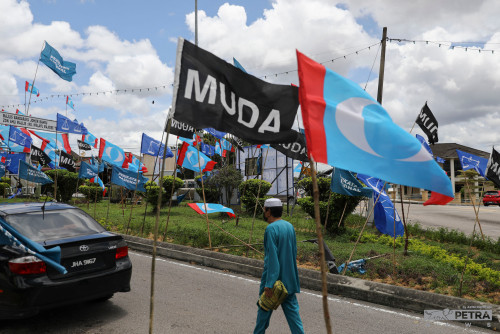AS the world moves at a breakneck speed in pushing interconnected economic development and technological innovation, it would be unwise to disregard the dramatic effects these pursuits have on the environment.
In addition, the social challenges that exist also impact the wellbeing of indigenous populations – as these communities are often left behind in discussions on modernisation.
Taking into consideration the gaps highlighted, Klima Action Malaysia (KAMY) positively focuses their efforts on addressing climate degradation by empowering Orang Asli youths through the ‘Weaving Hopes for the Future’ (WHftF) arts and culture project.
.jpg)
As a result of being named a beneficiary of the British Council ARC Challenge, the advocacy group set out on a 10-month long initiative with specific aims as part of the build-up of activities for the coming UN Climate Change Conference of the Parties (COP26). Among those activities:
- Educating the Orang Asli (OA) youth on their indigenous rights, land rights, climate change/action, and as the holders of traditional ecological knowledge managing land resources responsibly and sustainably as well as how it could be used as a leverage to policy makers.
- Capacity building on the OA youth to create creative output and/or documentation that can be used to inform the public and/or influence policy makers.
- Provide a stepping stone and exposure for these youth to tell their stories of struggles with the world so that their otherwise marginalised voices to be heard and supported.
- Foster collaboration across Malaysia and UK (part of the British Council tie-up).
- Promote the inclusion of women, indigenous communities in climate action.
- Employ alternative media to re-imagine our transdisciplinary responses to a sustainable and just world and provide space for intersectional perspectives within the sustainability discourse.
Inclusive participation
“We believe that nurturing meaningful partnership, peacebuilding and strengthening constituencies across civil society organisations and vulnerable groups set the foundation to a people's led climate action,” said KAMY project lead Ili Nadiah Dzulfakar.
Noting the capacity building workshop, which engages eight Orang Asli youth between the age of 18 to 35, Ili highlighted: “It allows the Indigenous team to understand the climate crisis from their lens and relate the climate crisis concepts to what they have seen and experienced in their community”.
“The idea is to capture the worldview of Orang Asli on what climate crisis meant to them and link their concept of Indigenous land rights and sovereignty within the eco-degradation framework.
“It’s part of the initial steps the project must establish to ensure it goes beyond COP26,” she added.
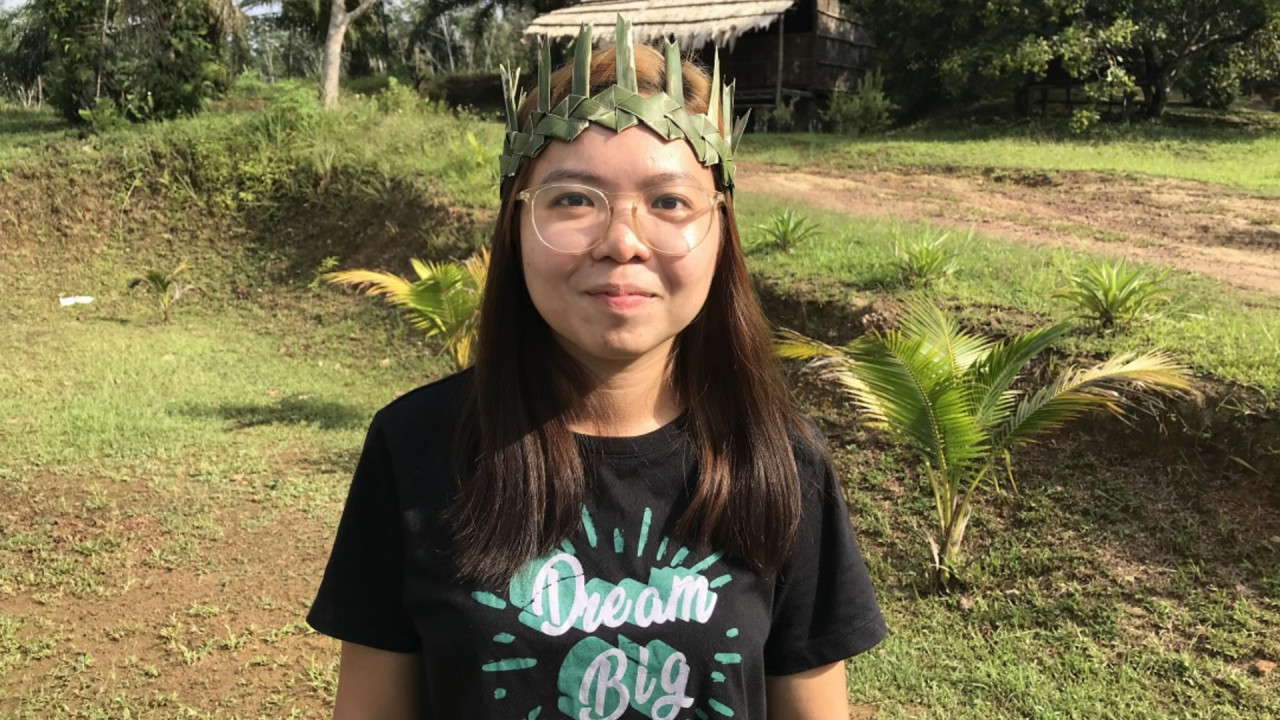
As an indigenous youth participating in the project, Eliana Tan of the 21 Jakun Tribe shares that she is most excited to see the project being selected to represent the country.
“Due to the pandemic, we are not able to be there physically, but that does not stop us from submitting our best artwork to increase the awareness on climate change in order to see more serious action to solve this issue,” she said.
Believing that WHftF to be important in building the resilience among the OA community, as the climate change issue seems to have no boundaries, “... we are able to prepare the indigenous community against the impact of the disastrous climate crisis, especially since the community itself will be the primary group affected should there be no serious climate action taken by the people”.
Sharing about the applied methods to educate OA youth on traditional ecological knowledge that will help influence policy making and support sustainability discourse, Ili says that the project is founded on four pillars – education, empowerment, activism, and creative art.
“WHftF starts with building the teams’ understanding about the climate crisis and its underlying systemic problems to understanding their role as agents of transformation.
"It ends with the creative art process for them to create advocacy materials,” she said.
“Aligning with the aspirations and objectives, we want to amplify the linkages between community resilience and indigenous wisdom which will add to the rich discussion centred around Loss and Damage, one of the key agenda in COP26,” she added.
Why must we talk about climate action today and not tomorrow?

“The unsustainable land use, such as deforestation has an impact on all, especially for the OA community,” shared project advisor and indigenous representative, Hanim Apeng of the Jakun-Jah Hut tribe.
“Apart from ensuring the resolution of the impact of the climate crisis, land is an important asset that symbolises prosperity, identity and culture.
“The aggression and demolition of cultural land issues for the sake of commercial benefits from irresponsible parties has been happening for a long time."
She also shared that today, many of the indigenous communities that have been oppressed are much braver when it comes to protecting their rights with the help of various parties, “… especially the non-governmental bodies that have always been helping the Indigenous community in fighting these kinds of issues”.
“The temperature change that we experience is happening at a different rate in different continents and areas,” said Eliana.
“Global warming is not a small issue that we could neglect. We are all aware of the climate crisis impact that has been happening in this world but knowing is not enough without any aggressive actions from all."
She emphasised that it is important for us to pursue mitigated actions and adapt ourselves in addressing the issue instead of just talking.
“Through WHtfF, we are stressing to look after our forests by respecting the indigenous cultural land territory and the rights of said community under the United Nations Declaration on the Rights of Indigenous Peoples (UNDRIP).
“The most important step now is to urge the global community to practise a sustainable and eco-friendly life so that negative impacts can be minimised,” she added.
Boosting productivity and efficiency
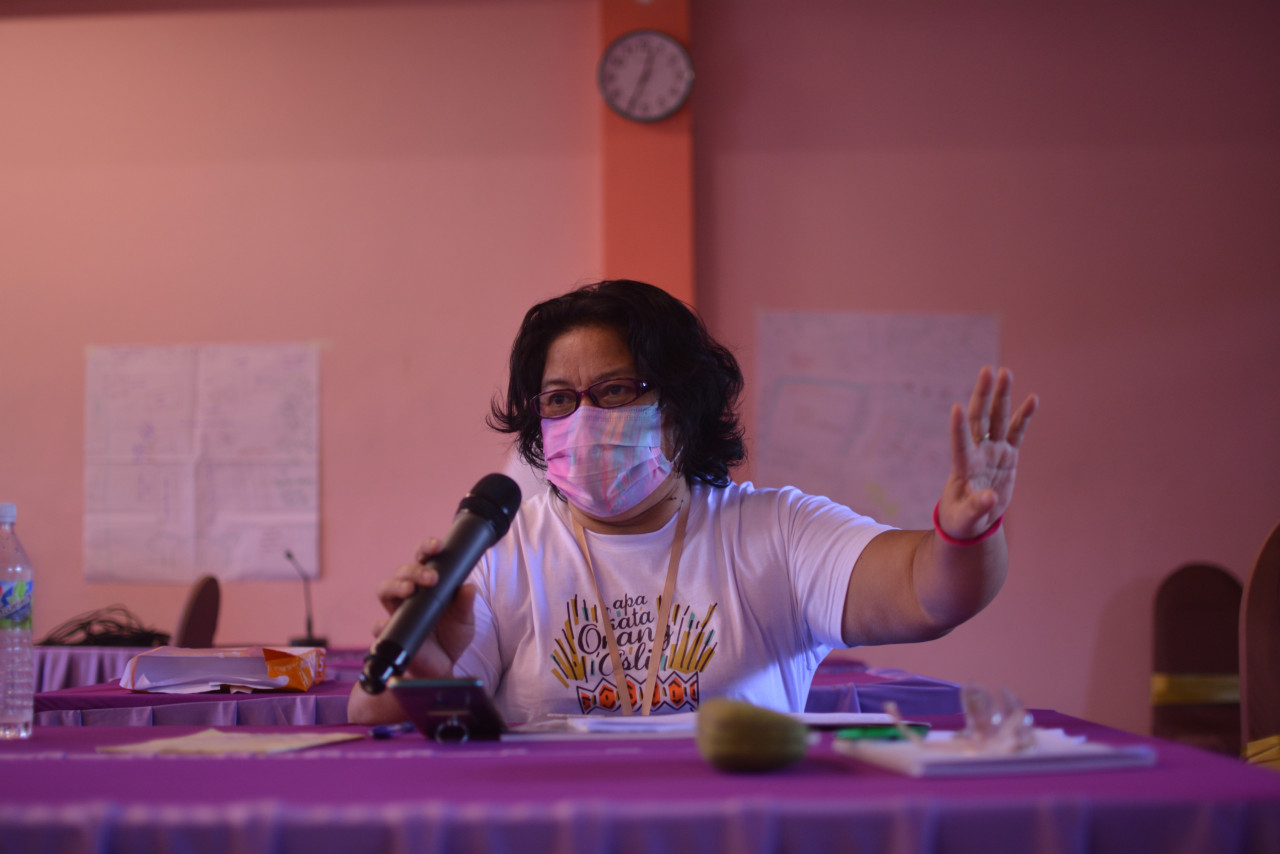
The UN reported that more than 86% of indigenous people globally work in the informal economy, compared to 66% for their non-indigenous counterparts.
Responding to the statement, Hanim said, “the government of Malaysia has actually given privileges not only on education opportunities but also entrepreneurship to encourage the economic growth, especially in creating more Small Medium Enterprises (SMEs) entrepreneurs among the OA community”.
“It would not be impossible to one day see more indigenous micro entrepreneurs rising if education is given a priority in community development, especially when it comes to closing the gaps of success when competing with other major races."
She notes that the various existing initiatives are made available to address the issue of weak academic achievements as well as dropouts among the indigenous community at the grassroot level.
“Field works were conducted by the Ministry of Education for instance, through the Department of Orang Asli Development (Jakoa), to give Orang Asli the opportunity to further their studies at a higher level. This should be expanded to reach out to more people,” she said.
“The outcome of this can be seen through the admission of OA students in public universities, polytechnics, community colleges, skill training institutes and other institutions,” she added.
“As a student, excellent academic results remain to be something that is hoped for,” expressed Hanim when asked to share thoughts on what cultural safety looks like in a learning environment, “that said, for the younger generation, we must remember our roots however we thrive”.
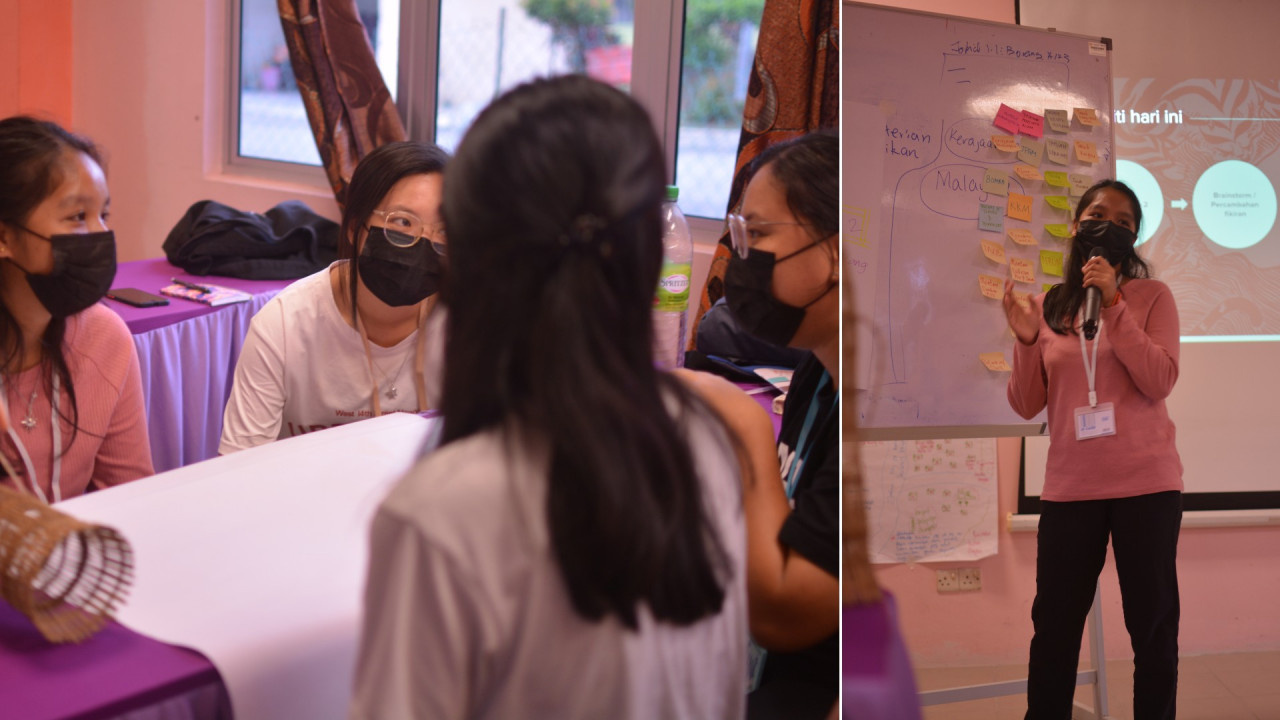
Stressing her point, “I believe that the multiracial and multicultural environment in our country can shape a mature attitude in cultivating a harmonious and positive learning environment among students”.
On whether there are ways to appropriately set high expectations for indigenous students, she noted: “The Indigenous community are always shy with low self-esteem”.
“This stigma has resulted in the low confidence and undesirable competitiveness among the students.
“I believe through exposure to the reality of life in this modern era can serve as the basis to advance the development on both the individual and community level,” she said.
Seeking a dynamic place in the modern world
From a youth standpoint, Eliana shares with initiatives such as the WHftF, “… where we have to debate on important issues such as the climate action now, and not later can be seen as one of the best ways to ensure indigenous communities are not left behind”.
“It gives the needed pressure to the future of socio-economic (including political) affairs and what would become if we were too late to realise."
Emphasising on the role and importance of women and youth of the indigenous community on climate change: “Women are seen as the backbone of the family and the bedrock of change to their community”.
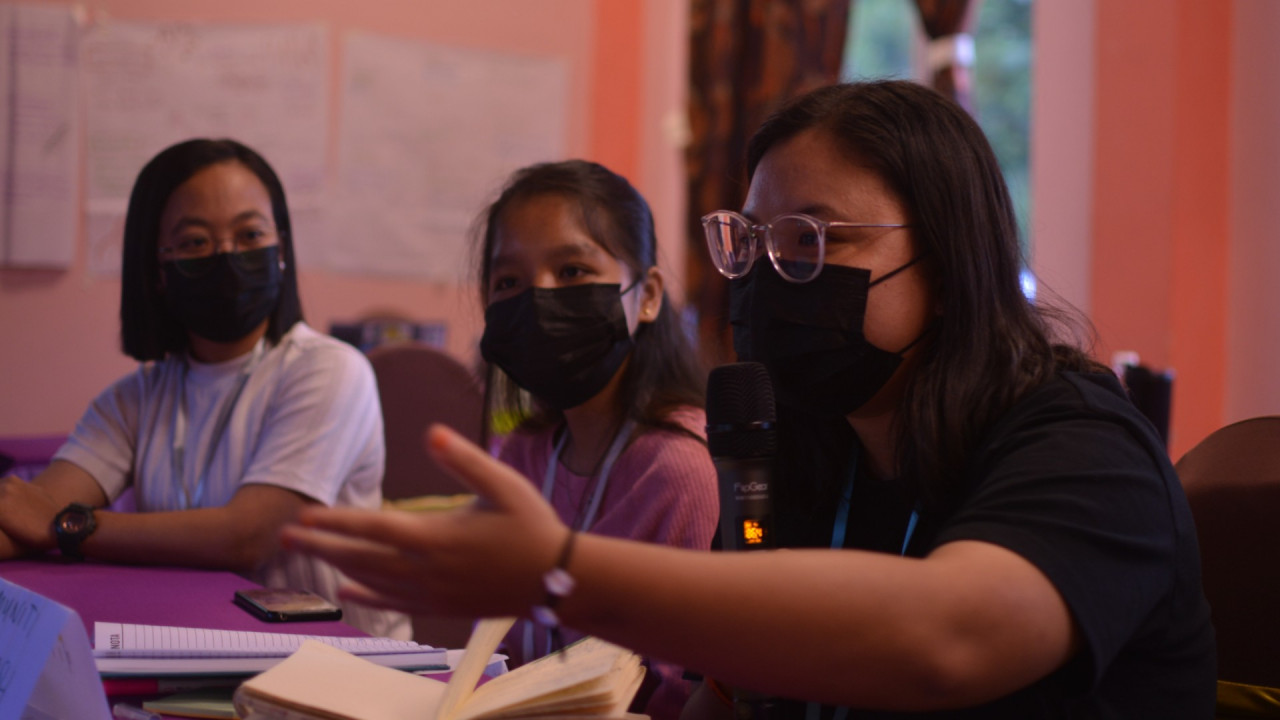
“They have the potential, knowledge, and experience in managing the natural resources for their family needs, not only for themselves, and this shows that women and the young have the capabilities to effectively anticipate and beat the climate crisis,” shares Eliana.
While agreeing with the notion that youth hold the power to shift the dynamics of the world, Eliana also highlights, “climate crisis movements all over the world are empowered by young people, including indigenous youth.
“That said, WHftF goes beyond the youth scope as the awareness to it concerns the public in general on the climate crisis happening in this world.
“By using the materials that we have in delivering the message to communicate about the issues at hand, we hope to open the eyes of the public to realise that the climate crisis is happening and ultimately aspire actionable progress”.
When asked on how she views the concept of sustainable development, “… it is about fulfilling the current needs without neglecting the potential of the future generations to fulfil theirs”.
“The type of development in question should be implemented without destroying natural resources and minimise the impact to nature,” said Eliana.
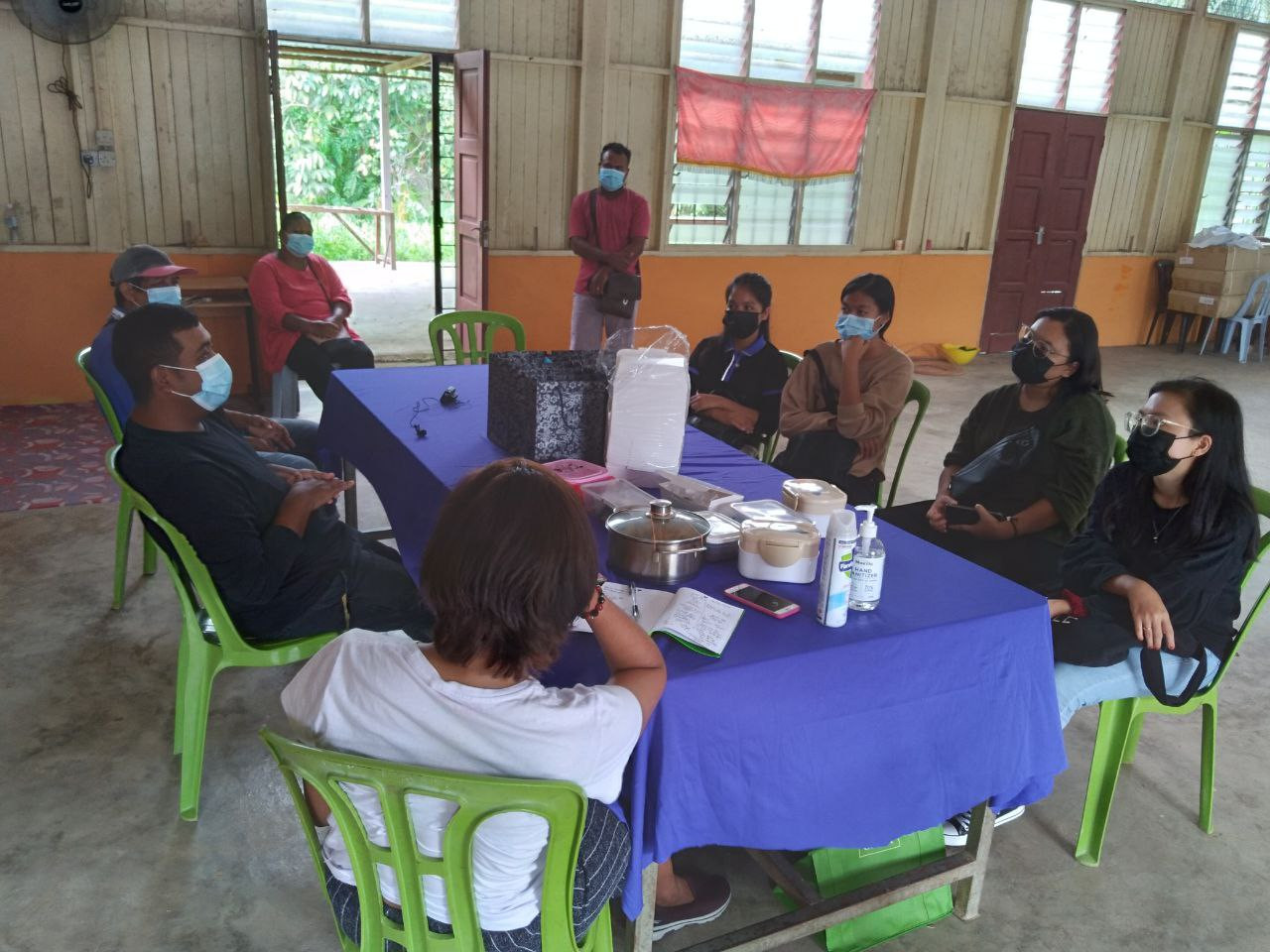
On the special relationship between the indigenous community and the place where they live: “Indigenous people and nature are closely related to one another”.
“Due to that, settlements are close to the forest as they believe that the nature and forest’s spirits have been surrounding them their whole lives, which reminds us not to destroy, but to take good care”. – The Vibes, August 9, 2021



.jpg)



